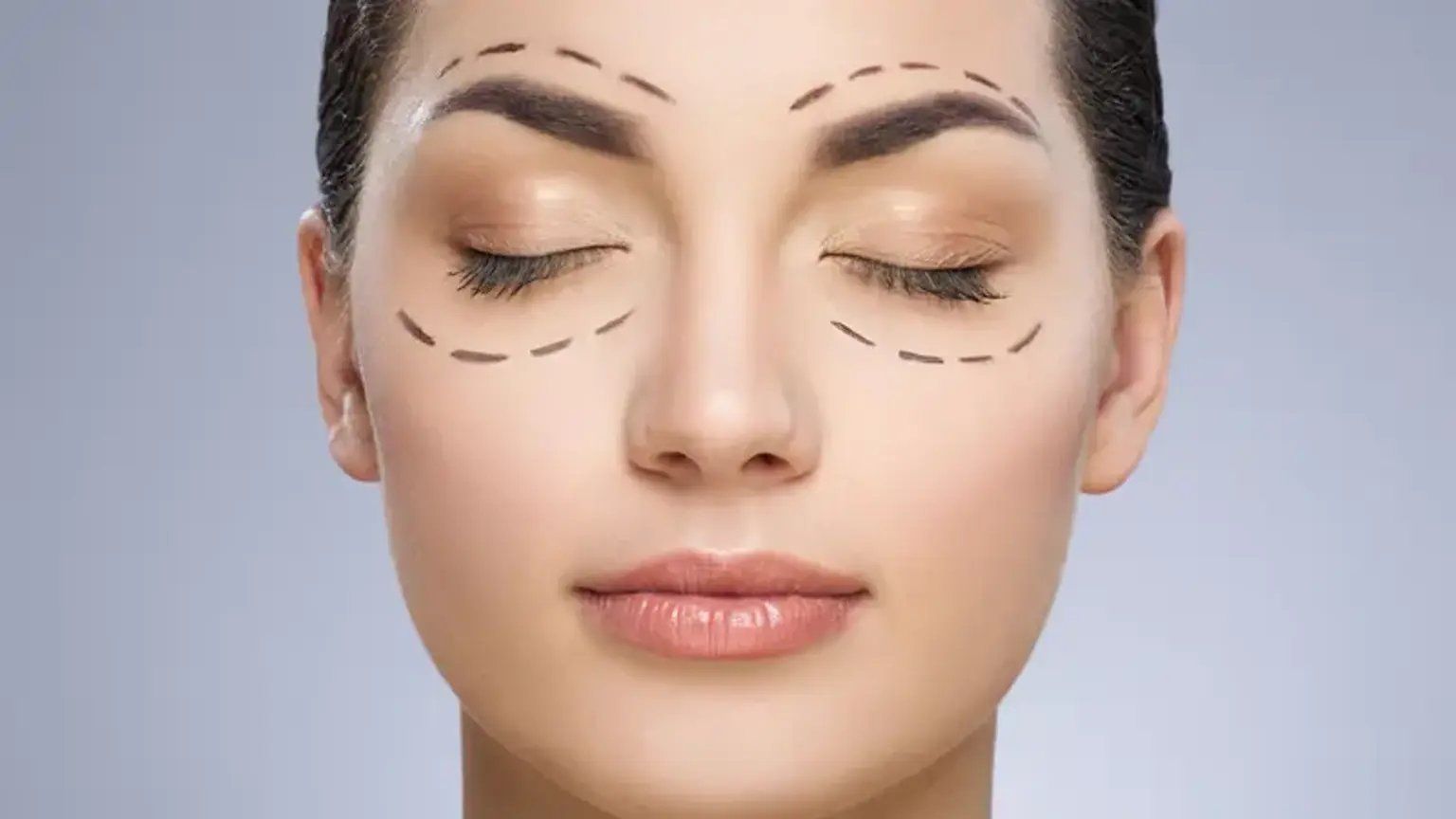Overview
Eyelid retraction occurs when the eyelid lies too low on the eye. Normally, the lower eyelid sits directly on or partially covers the colorful component of the eye known as the iris. The retracted eyelid is pulled down, giving the eye a rounded look rather than a more natural, almond shape. Sagging eyelids can be caused by prior surgery, trauma, thyroid disease, or facial paralysis, exposing more of the white area of the eye called the sclera. This is distinct from ectropion, in which the eyelid is pulled outward, away from the eye. Irritation, pain, tearing, crusting, and eventually, vision loss can result from eyelid retraction. A physical examination can be used to diagnose lower eyelid retraction, and treatments differ depending on how much the symptoms disturb you. Conservative treatments such as ointments and taping the eye closed at night may help relieve discomfort.
Surgery is the only procedure that can restore the eyelid to its original position. Surgery is determined by the cause and extent of scar tissue producing the retraction. If the inside of the eyelid was lost due to trauma or scarring, it may need to be replaced with similar tissue from another part of the body. If scar tissue from a previous injury or surgery is contributing to eyelid retraction, skin, cartilage, or the inner lining of the mouth grafting may be required to restore appropriate eyelid function. Both age-related correction and facial paralysis correction may include elevating the lower lid inferiorly and rising the middle part of the face that has fallen (midface lift). To restore normal eyelid form and function, loose tendons can be tightened and repositioned (lateral tarsal strip, horizontal eyelid shortening, canthopexy, and canthoplasty). If tendons cannot be tightened, another tendon from another part of the body can be taken to provide eyelid support (tendon transfer procedures). If facial paralysis or sagging in the middle third of the face is contributing to the condition (midface lift), age-related treatment may be required. The eyelid will feel and appear tighter to the eye after surgery, and symptoms should lessen or disappear as the eyelid heals completely.
